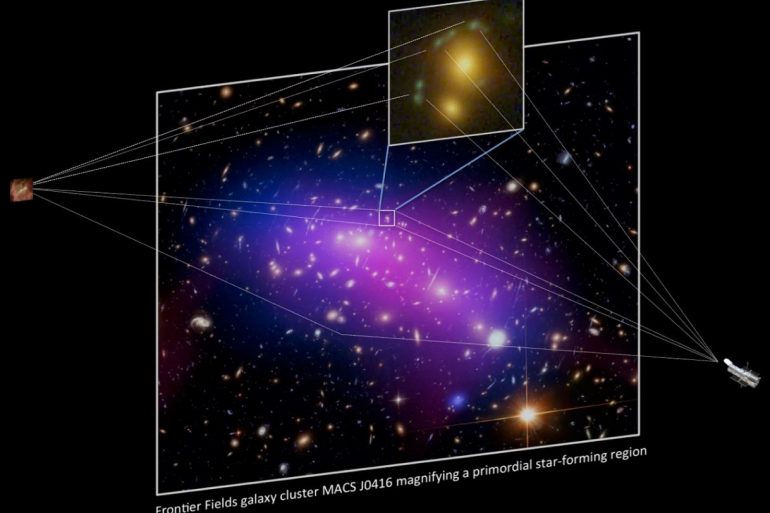
Exploring dark matter and dark ages with lensing clusters
LOCATION: Sexten Primary School - Via Panorama 6, Sexten
DETAILS
Significant progress has been made in recent years in the study of the mass distribution of massive clusters thanks to the synergy between dedicated HST programs and new spectroscopic studies from the ground. The study of the inner mass distribution of massive galaxy clusters, with dynamical and gravitational lensing techniques, offers an important method to test the currently favored LCDM structure formation scenario. By investigating the detailed substructure of large massive halos, one can at the same time constrain the dynamical assembly history of subhalos and dark matter physics. In addition, by exploiting gravitational lensing amplification and magnification offered by these clusters, we have recently been able to discover primordial faint galaxies and study the early stages of star formation back to one billion years after the Big Bang, anticipating next generation telescopes.
In this context, this workshop will bring together researchers active in these fields to discuss the latest progress, and compare the results of new observational campaigns with numerical simulations and theoretical models. The main goals of the workshop are:
- discuss recent observational studies on the distribution of dark matter and baryons, on both galactic and cluster scales, with lensing techniques, galaxy dynamics, and X-ray observations and the comparison with recent cosmological simulations;
-
investigate the stellar populations and the physical mechanisms driving the evolution of cluster galaxies with new imaging and spectroscopic data sets;
- review recent impressive progress in the study of the faint population of primordial dwarf galaxies, recently discovered mainly by exploiting gravitational lensing with unprecedented data sets based on the Hubble Frontier Field and CLASH programs, in combination with VLT spectroscopy (with VIMOS, MUSE, X-Shooter, KMOS);
-
plan future key experimental/observational programs which can build on this recent progress and further improve our understanding of the dark and luminous universe.
RELATED FILES
FEE
-
WORKSHOP CODE FOR PAYMENT
ORGANIZERS
Piero Rosati (Università di Ferrara, IT) Amata Mercurio (INAF - Osservatorio Astronomico di Napoli, IT) Gabriel B. Caminha (Università di Ferrara, IT) Paolo Tozzi (INAF - Osservatorio Astrofisico di Firenze, IT) Eros Vanzella (INAF - Osservatorio Astronomico di Bologna, IT)
